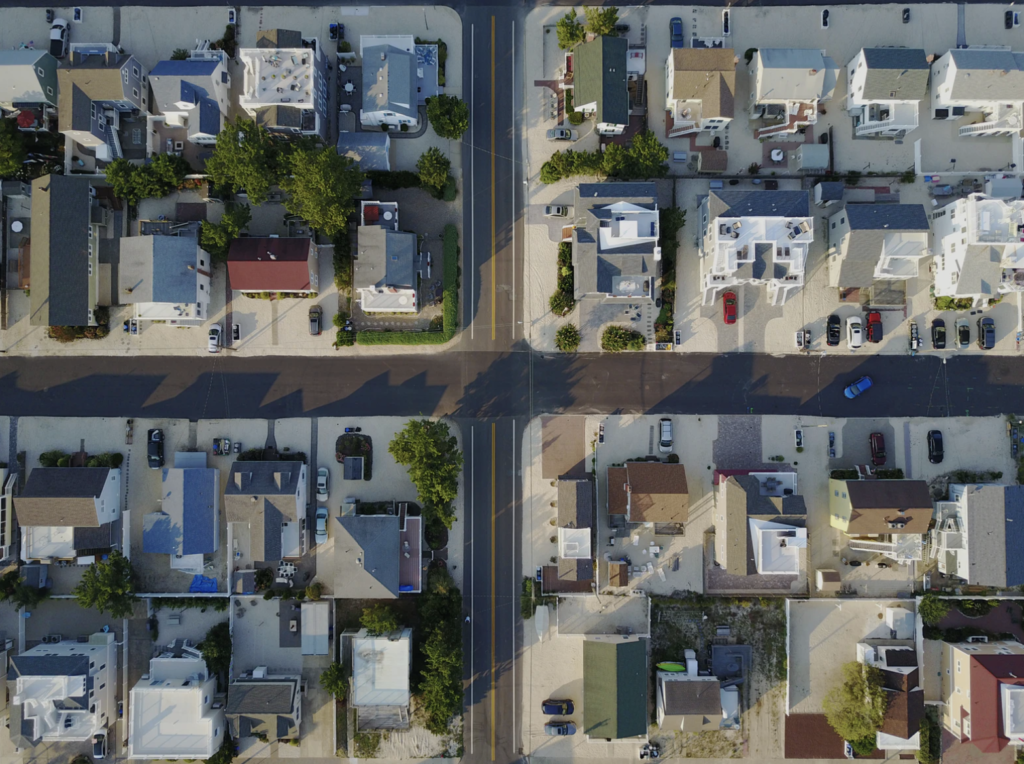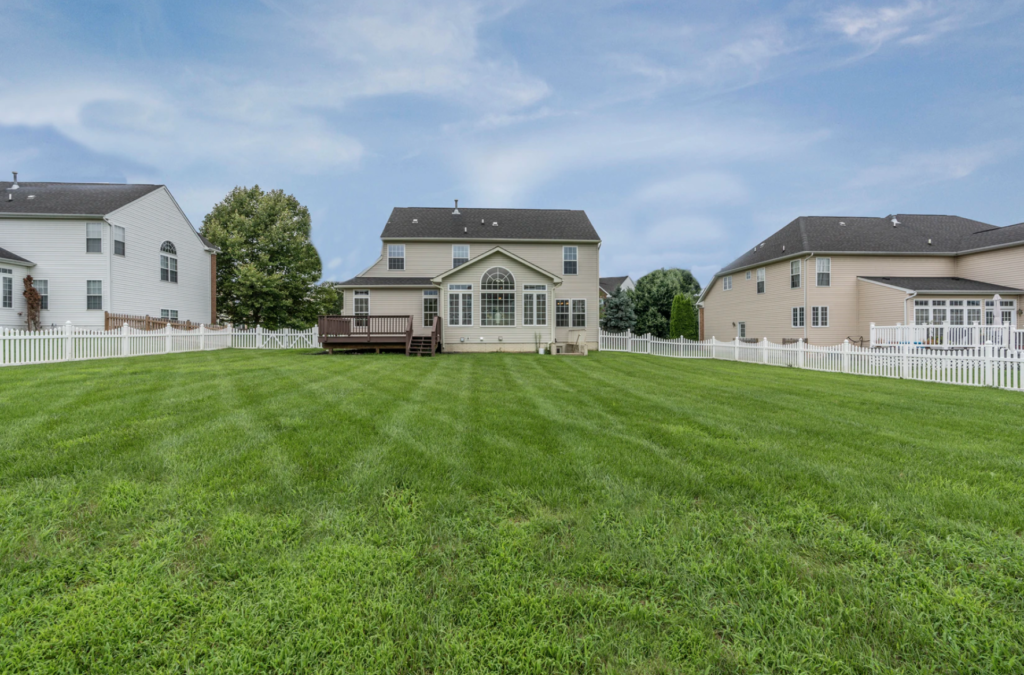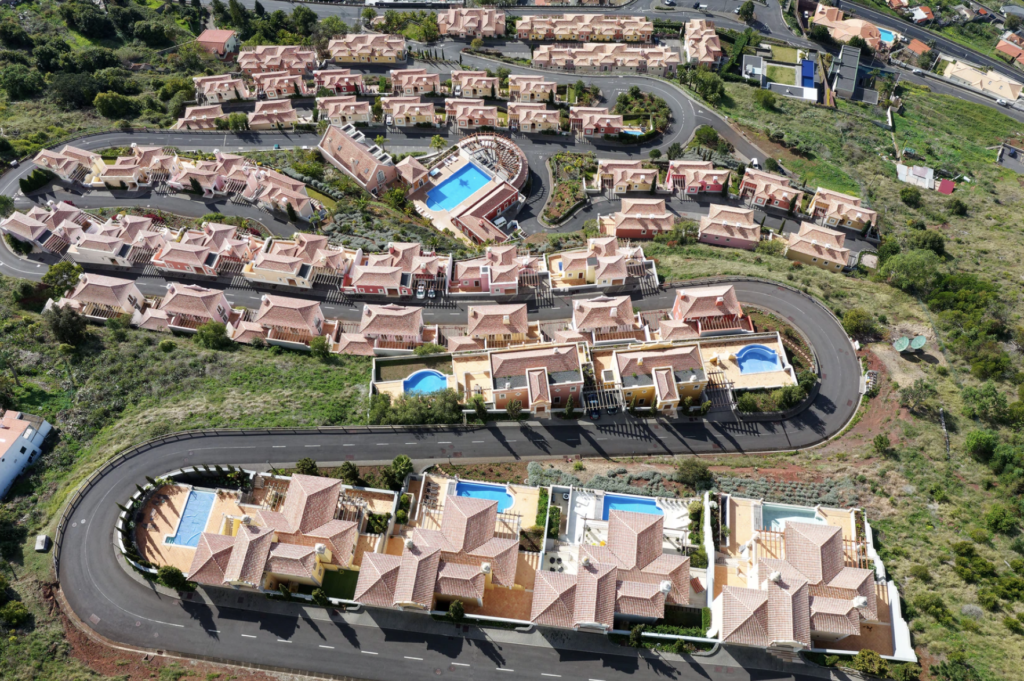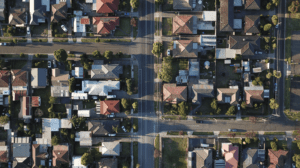
Understanding Land Use Planning for a More Efficient Use of Resources
Land use planning is necessary for any development project to better understand the potential effects of using the land, which is meant to assist developers in more efficiently using various resources at their disposal.
The primary goals of land use planning include:
- Identifying potential alternatives for land use
- Assessing local, social, and economic conditions
- Assessing the potential of land and water on the site
- Efficiency, Sustainability, and equity during the planning
Land use planning is essential for any development project to make sure that no resources are wasted and that the land isn’t used improperly. When land-use planning is performed correctly, it should be able to help developers conserve the environmental, social, physical, and economic conditions in the immediate vicinity.
The following article offers an extensive and detailed guide on land use planning and the benefits that it can provide to any development project.
What is Land Use Planning?

Land use planning is a type of regulation process that designates future use of land as well as any structure that’s going to be built on the land. During land use planning, urban land will be identified and classified by analyzing the social and economic needs of the surrounding population in accordance with the characteristics of a given city or municipality.
The main goal of land use planning is to make sure that land resources are efficiently utilized for any kind of land use activity, which could include anything from residential uses to agricultural uses. The use of the land must adhere to the development goals or vision that the city has.
This process can also be used to identify the location and amount of land that’s needed to implement a wide variety of different economic and social policies, plans, projects, and programs. While taking the development goals and objectives into account, land use planning will also analyze the physical conditions of the land to make sure that the project can be adequately supported now and in the future. If the development of a certain project is going to create significant issues with the surrounding environment, these problems should be caught and addressed during the land use planning process. The point of land use planning is to make sure that the land can continue to be used for generations to come even after development has occurred.
What is Included in a Comprehensive Land Use Plan?

A comprehensive land-use plan is needed to promote development in the area and to make sure that land resources are efficiently used in the future.
In order to create an effective land use plan, the various things that should be included extend to:
- Policies for the development and redevelopment of land
- Improvement of the transportation network in the area via an extensive concept plan
- A basic framework that displays various transect zones
- Conceptual planning for the primary locations of development in different contexts and scenarios
- Retrofitting plans for suburban areas
- Urban design for the downtown area as well as the neighborhoods that surround it
- Plans for environment protection and sustainable development
- Documents on how to effectively preserve the history and culture of the area
- Several strategies on how to provide residents with affordable housing
Only when you take each of these factors into account can you be certain that your land use plan is an effective one.
Overview of the Process

Land-use planning can occur at a variety of different levels, which can include everything from town and local to national and international. The majority of land use plans are created using a “bottom-up” approach whereby planning begins at the local level before connecting to higher levels. However, the local community will be involved throughout the entirety of the process, which is important if you want the community to accept the plan.
A standard planning process will include the following steps:
- Establishing land use goals as well as a baseline
- Inventorying and properly organizing all of the land use resources
- Assessing any problems that currently exist with the land
- Creating priorities for the project as well as alternatives that can be used to correct the problems that were discovered
- Making sure that the quality of the land is suitable for the project
- Analyzing and selecting the best alternative
- Developing a complete land use plan, which will highlight everything from commercial space to open space
- Consulting with city planners and implementing the final plan
- Revising the final plan as needed
Once a land-use plan is created, you may need to revise it every five years or so to make sure that it doesn’t become too outdated. While the length of time it takes for a land-use plan to be created and reviewed can vary significantly, you can expect the creation of a proper land-use plan to take at least a few months. When you need the plan to be reviewed, this process can take an additional 2-6 months.
Pros and Cons of Land Use Planning

While land-use planning is highly beneficial for any kind of project, this process is a lengthy and time-consuming one, which is why it’s recommended that you learn more about the pros and cons of land use planning before going forward with the process. Even though effective land-use planning can benefit the local economy and environment, it can also be costly and may come with bottlenecks at the local or state level.
Land Use Planning Pros

There are many positives that come with land use planning, the primary of which include:
- Provides a beneficial framework for the development of a project before development officially begins
- Helps to anticipate the future of natural phenomena in the area, which allows developers to implement an infrastructure that acts as risk mitigation
- Effective land-use planning should positively impact the urban economy
- Can assist in putting measures in place to combat climate change
- Promotes better use and conservation of biological diversity and natural resources
- Prevents development in areas that have a high risk of natural hazards
Land is becoming limited in supply, which is why it’s important that developers know how to effectively use the land in a manner that will support the environment and surrounding ecosystem.
Land use planning ensures that resources are used efficiently, which should allow the needs of the people to be met while safeguarding future resources. This regulation process can be used to prevent land-use conflicts, reduce exposure to pollutants, and keep urban sprawl to a minimum.
Land Use Planning Cons

While land use planning is highly beneficial to the surrounding environment and can be great for the economy, there are a few downsides to this regulation process that you should be aware of.
The main issues with land use planning include:
- A high cost because of malinvestment
- This regulation process takes a lengthy amount of time to complete
- Land-use planning can have administrative and bureaucratic bottlenecks
- Local remedies to reforestation and food control are actively discouraged
The main issue with land use planning is that malinvestment can lead to high costs regardless of how efficient the plan seemed at the time you made it. Malinvestment refers to the boom and bust cycle that comes with the capitalist economy throughout the country. While economic growth and job growth will occur during the “boom” portion of the cycle, the economy may eventually shrink during the “bust” portion of the cycle, which leads to investors losing their money and people losing their jobs.
When you invest a significant amount of money into land-use planning, there’s always a possibility that the community surrounding the land could undergo an economic downturn, which can substantially worsen the value of your investments. The process is also a lengthy one that requires participation from the nearby community, which can make it difficult to implement in a timely manner.
Objectives of Land Use Planning

The many objectives of land use planning include:
- Encourage the efficient use and acquisition of land as a limited resource, which is designed to make sure that there is enough land for future generations
- Resolve various types of land use conflicts between government agencies and individuals that relate to the current needs and eventual demands of the land
- Preserve and protect important agricultural areas in order to promote industrialization
- Promote efficient land uses while also preventing wasteful development
- Reduce the cost of public services, infrastructure, and facilities
- Identify sites that are particularly suitable for housing development
- Preserve areas that have historical, aesthetic, or ecological value
Land use planning is important because it implements highly detailed planning and vision for the development of that specific area, which should promote public safety and health by making sure that the development process is efficient and economical. Whether the land is going to be used for residential, commercial, or industrial purposes, land use planning aims to make sure that developers use the land properly without wasting any of the land.
By identifying the impact of development on a certain area of land, you will be able to better understand how the environment and community will be affected, which can be invaluable towards retaining or improving the value of the land in question.
Why is Land Planning So Important with Land Development?

While land-use plans aren’t always going to be wholly accurate and effective because of how they need to take the future into account, these plans can mitigate the risk of land development by identifying any problems before development occurs. It’s necessary to plan for how land is going to be used if you want the local community to be on your side. The land planning process usually involves the community, which can make it easier for your plan to be accepted.
The efficient use of land resources should help the environment and the local economy. Without having this type of plan in place, your use of resources could be wasteful, which may make the land unusable for future generations. Despite the high cost and lengthy timetable that comes with land planning, this process can be highly advantageous.

Jason Somers, President & Founder of Crest Real Estate
With over 15 years of professional experience in the Los Angeles luxury real estate market, Jason Somers has the background, judgement and track record to provide an unparalleled level of real estate services. His widespread knowledge helps clients identify and acquire income producing properties and value-ad development opportunities.
Learn more about Jason Somers or contact us.



